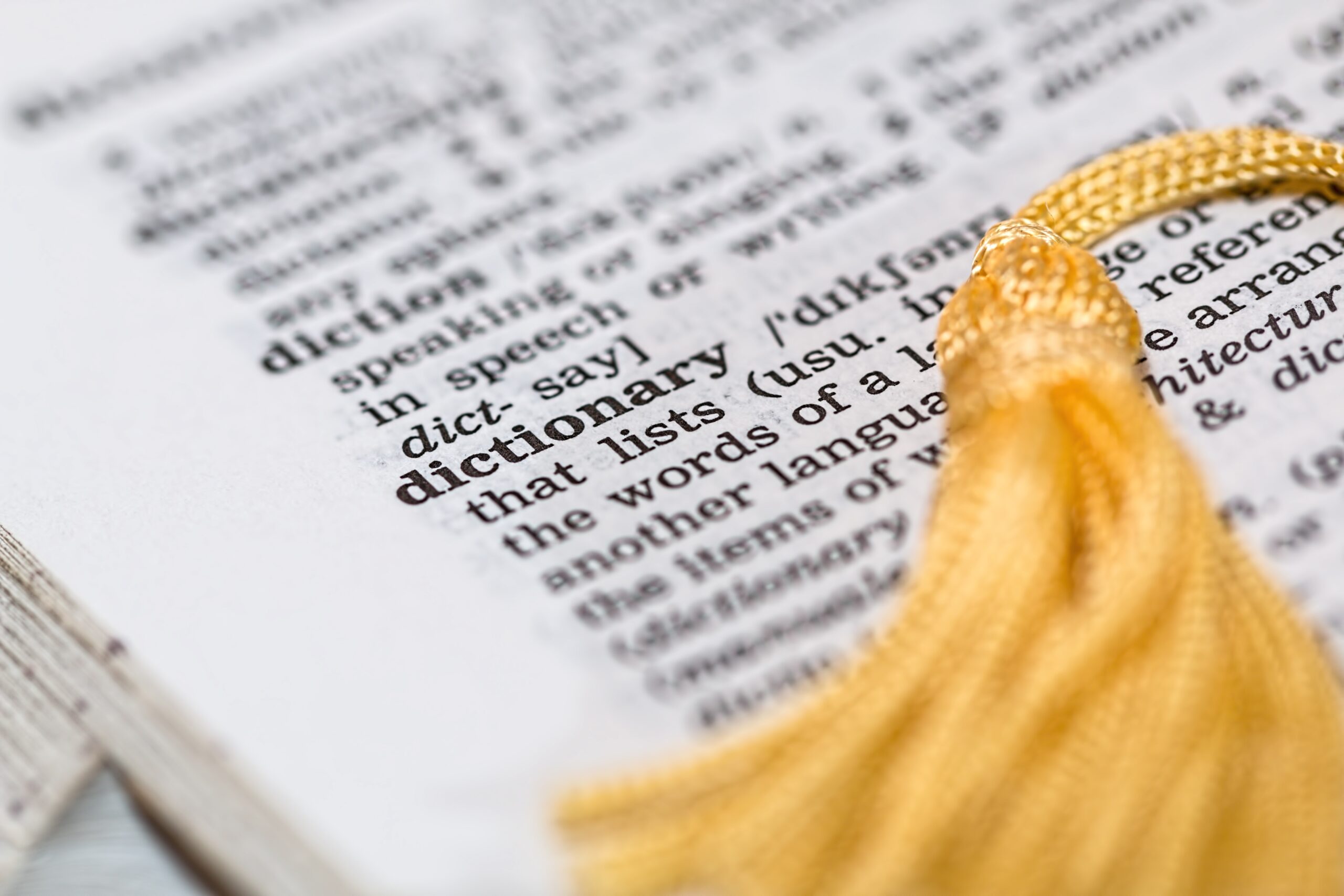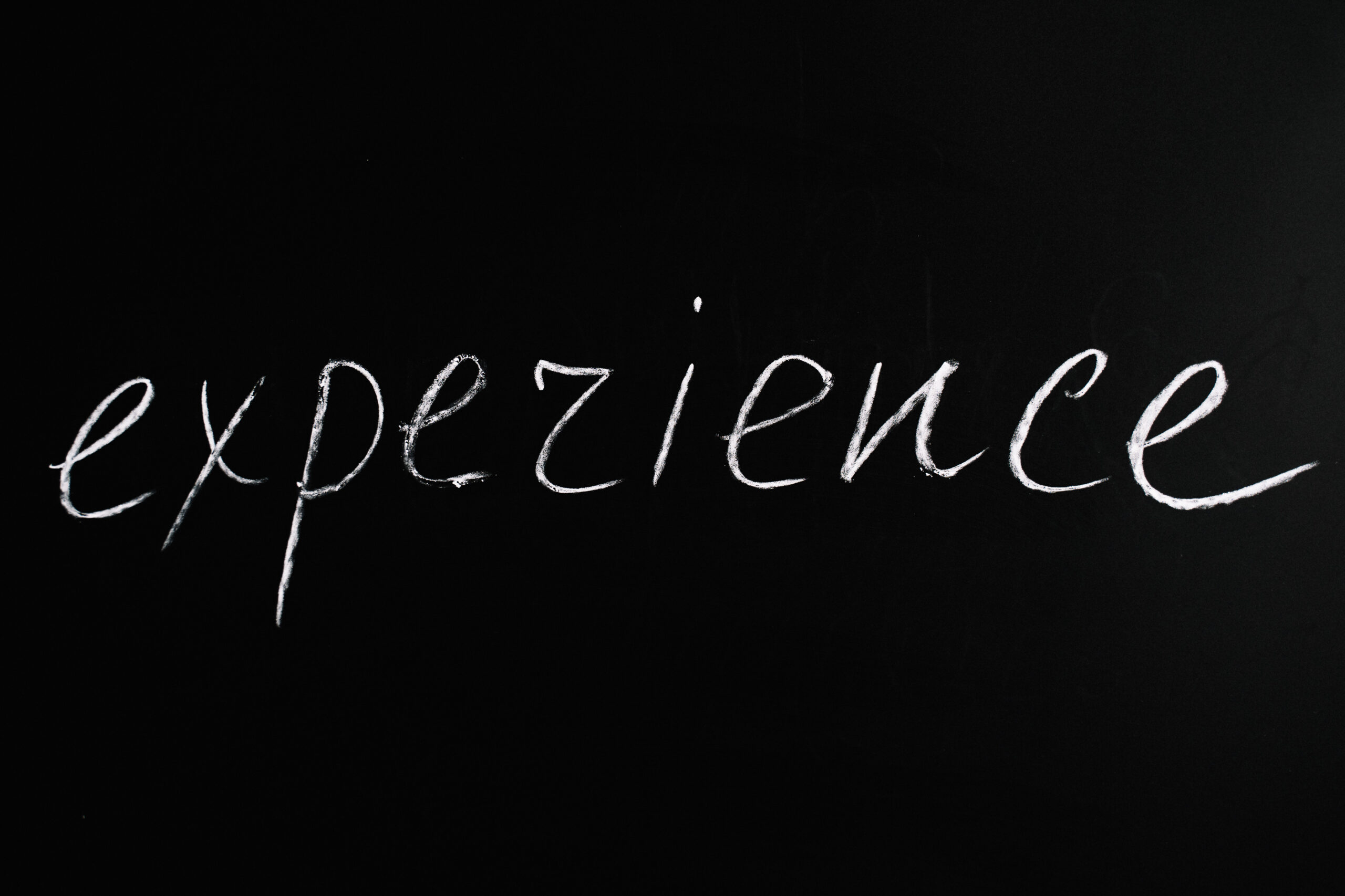Did you know that Helen Keller, the famous American author and activist who overcame deafness and blindness, was not only an inspiration in her own right, but also a remarkable linguist? Despite her disabilities, Helen Keller was able to communicate in multiple languages, including English, German, French, and Latin. In fact, she was so proficient in these languages that she even gave speeches and wrote books in them. Helen Keller’s linguistic talent not only revealed her remarkable intelligence and determination, but also highlighted the transformative power of language in her life and career.

Early Life and Education
Childhood and the Onset of Deafness and Blindness
Helen Keller was born on June 27, 1880, in Tuscumbia, Alabama. At the age of 19 months, she was struck by a severe illness that left her both deaf and blind. This sudden loss of sensory perception drastically changed young Helen’s life and presented numerous challenges. Despite her inability to see or hear, Helen possessed a remarkable intellect and an insatiable desire to communicate with the world around her.
Finding a Way to Communicate
Although Helen’s deafness and blindness posed significant obstacles to communication, her determination led her to explore various means of expression. One breakthrough moment came when she realized that the reverberations she felt from pounding on her mother’s hand could convey a message. This discovery paved the way for the development of her own unique system of communication.
Education and the Acquisition of Language
Helen’s parents sought assistance from renowned teacher Anne Sullivan, who arrived at their home when Helen was just six years old. Anne’s arrival marked a turning point in Helen’s education, as she introduced her to the world of language. Through touch and the utilization of her sense of touch, Helen began to grasp the connection between objects and the words to describe them. Anne’s patient and dedicated guidance enabled Helen to acquire the foundation for language and communication.
See Also: How Many Languages Does Prince William Speak?
The Influence of Anne Sullivan
Anne Sullivan’s Arrival in Helen Keller’s Life
Anne Sullivan’s arrival in Helen Keller’s life in 1887 brought about a transformative shift. As Helen’s teacher and lifelong mentor, Anne played a crucial role in unlocking Helen’s potential and fostering her intellectual development. Together, they built a unique bond that would shape Helen’s future and enable her to overcome seemingly insurmountable obstacles.
Teaching Methods and Successes
Anne Sullivan employed innovative teaching methods to connect Helen Keller to the world around her. She used manual sign language, forming signs with Helen’s hands to convey meaning. Through tactile fingerspelling, object identification, and repetition, Anne enabled Helen to associate words with their tangible representations, gradually building her vocabulary and language skills. Helen’s remarkable progress under Anne’s tutelage was a testament to the effectiveness of these methods.
Expanding Helen Keller’s Language Abilities
While Anne Sullivan primarily used manual sign language with Helen, she also introduced other avenues for language acquisition. By teaching Helen to read raised print letters, Anne expanded her capacity to comprehend written language. The introduction of American Sign Language (ASL) and Braille further enhanced Helen’s linguistic repertoire, allowing her to communicate effectively using various mediums.
American Sign Language (ASL)
Introduction to ASL
American Sign Language (ASL) became an integral part of Helen Keller’s communication journey. Based on indigenous sign languages and French Sign Language (LSF), ASL enabled Helen to express herself visually and spatially. With its own vocabulary, syntax, and grammar, ASL provided Helen with a means to engage in complex conversations and communicate with the wider deaf community.
Helen Keller’s Proficiency in ASL
Under the guidance of Anne Sullivan, Helen Keller developed a strong command of American Sign Language. Through immersive and intensive practice, she became fluent in ASL, effectively utilizing facial expressions, handshapes, and movements to convey her thoughts and emotions. ASL became Helen’s primary means of communication, opening up a world of expression and connection previously inaccessible to her.
Impact of ASL on Helen Keller’s Life
The acquisition of ASL had a profound impact on Helen Keller’s life. It provided her with a sense of belonging within the deaf community, fostering connections and understanding. ASL also enabled Helen to advocate for the rights of deaf individuals and promote the importance of education and accessibility. Through ASL, Helen became a bridge between the hearing and deaf worlds, challenging societal perceptions and highlighting the significance of communication.
Braille
Discovering Braille
Braille, a tactile writing system consisting of raised dots, was a monumental discovery for Helen Keller. Introduced to Braille by Anne Sullivan, Helen realized that she could read and write independently, transcending the barriers of her deafness and blindness. The simplicity and accessibility of Braille opened up a world of literature and knowledge for Helen.
Learning and Mastering Braille
With unwavering determination, Helen Keller tirelessly practiced Braille until she mastered the system. She honed her tactile sense, learning to distinguish between different dot configurations and convert them into meaningful words and sentences. Alongside reading, Helen also became proficient in writing Braille, ultimately utilizing this skill to articulate her thoughts and share her experiences with the world.
Utilizing Braille in Helen Keller’s Daily Life
Braille became an integral part of Helen Keller’s daily life, allowing her to access information independently. She labeled objects with Braille, enabling her to navigate her surroundings with confidence. Furthermore, Helen transcribed her own compositions into Braille, preserving her literary works for future generations. Braille granted Helen a sense of autonomy and self-expression, enriching her life immeasurably.

Tactile Sign Language
Introduction to Tactile Sign Language
Tactile Sign Language, also known as TSL, is a unique form of sign language designed specifically for individuals who are deaf and blind. Unlike traditional sign languages that rely on visual cues, TSL utilizes touch to convey information. Through hand movements and physical contact, tactile signers establish communication and interaction.
Helen Keller’s Proficiency in Tactile Sign Language
As a testament to her extraordinary linguistic abilities, Helen Keller learned to communicate effectively using TSL. Through the guidance of Anne Sullivan and other skilled educators, Helen acquired proficiency in tactile signing. She mastered the intricate handshapes, movements, and gentle touches required to understand and convey meaning. TSL became another vital tool in Helen’s linguistic repertoire.
Tactile Sign Language vs. ASL
While both Tactile Sign Language (TSL) and American Sign Language (ASL) facilitate communication for individuals who are deaf and blind, they differ in their execution and reception. TSL relies heavily on touch and the sensations felt on the hands and body, whereas ASL primarily utilizes visual cues. While TSL can be more intricate due to the reliance on tactile feedback, both languages serve as crucial means of connection and expression for those with sensory impairments.
See Also: How Many Languages Does Oscar Tshiebwe Speak?
Speech and Lip Reading
Speech Therapy and Progress
Although speech posed a unique challenge for Helen Keller, she pursued speech therapy to overcome this obstacle. With the guidance of skilled speech instructors, Helen learned to control her vocal cords and manipulate airflow to form sounds. While her speech was not as intelligible as that of individuals without sensory impairments, Helen’s determination and persistence allowed her to make notable progress.
Lip Reading Skills
In addition to developing speech abilities, Helen Keller honed her lip reading skills. By observing the movements of a speaker’s lips, she could discern words and phrases, providing her with another avenue of understanding spoken language. Lip reading complemented her other communication methods, enhancing her comprehension and allowing her to participate more fully in conversations.
The Importance of Speech and Lip Reading for Helen Keller
For Helen Keller, speech and lip reading were not just about mastering vocalization and comprehension; they were essential tools for integration into the hearing world. While her primary mode of communication was ASL and tactile signing, the ability to speak and understand spoken language bridged gaps and facilitated inclusion. Helen recognized the significance of being able to communicate with a diverse range of individuals, unlocking opportunities and broadening her sphere of influence.

Foreign Languages
Helen Keller’s Interest in Foreign Languages
Driven by her insatiable thirst for knowledge and connection, Helen Keller developed a keen interest in foreign languages. She recognized that language was not solely a means of communication but also a gateway to understanding different cultures and perspectives. Helen embarked on a journey of language learning, expanding her linguistic horizons beyond English.
Learning French and German
French and German were among the foreign languages Helen Keller dedicated herself to learning. With the guidance of skilled tutors, she delved into the intricacies of these languages, studying grammar, vocabulary, and pronunciation. Helen’s passion for language facilitated her progress, and she soon achieved a commendable level of proficiency in both French and German.
Travel and Communication Abroad
Helen Keller’s proficiency in foreign languages allowed her to engage with people from different countries during her extensive travels. She embraced the opportunity to communicate directly with individuals in their native languages, fostering deeper connections and cultural understanding. Helen’s ability to converse in multiple languages further cemented her status as a global advocate for accessibility and education.
Writing and Communication Skills
Developing Writing Skills
Helen Keller’s exploration of language extended to the realm of writing. Recognizing the power of written communication, she devoted herself to further developing her writing skills. Through a combination of Braille and assistance from sighted transcribers, Helen eloquently conveyed her thoughts, opinions, and experiences onto paper.
Correspondence and Published Works
Correspondence played a significant role in Helen Keller’s communication journey. Through letters, she exchanged ideas and connected with notable figures such as Alexander Graham Bell, Mark Twain, and Eleanor Roosevelt. Helen’s remarkable correspondence spanned a wide range of topics, from the importance of women’s suffrage to disability rights. Additionally, she authored several autobiographical works, including “The Story of My Life,” which provided insight into her linguistic development and the trials she faced.
The Impact of Writing on Helen Keller’s Life
Writing provided Helen Keller with a means to share her unique perspective and make a lasting impact on society. By documenting her experiences, thoughts, and beliefs, Helen influenced the world’s perception of individuals with disabilities. Her writings served as a beacon of hope, inspiring countless individuals to persevere in the face of adversity. Writing became a tool for advocacy, fostering understanding, and challenging societal barriers.
The Legacy of Helen Keller
Inspiring Future Generations
Helen Keller’s extraordinary linguistic journey continues to inspire individuals worldwide. Her resilience, determination, and linguistic talents serve as a testament to the power of the human spirit. Through her achievements, Helen proved that disabilities need not limit one’s potential, igniting hope and empowerment in generations to come.
The Helen Keller Archive
The Helen Keller Archive stands as a testament to her remarkable life and linguistic legacy. This collection houses a wealth of documents, letters, photographs, and personal memorabilia that provide invaluable insights into her linguistic journey. Through this archive, scholars and enthusiasts alike can delve into the depths of Helen Keller’s life, uncovering the profound impact language had on her experiences.
Recognition and Commemoration
Helen Keller’s linguistic achievements have not gone unnoticed. She received numerous accolades throughout her lifetime, including honorary degrees from esteemed institutions such as Harvard University and Temple University. In 1964, President Lyndon B. Johnson awarded her the Presidential Medal of Freedom, the highest civilian honor in the United States. Helen’s contributions to society continue to be commemorated, ensuring that her linguistic legacy endures.
See Also: How Many Languages Does Nicole Kidman Speak?
Conclusion
Helen Keller’s Extraordinary Linguistic Journey
Helen Keller’s journey from a young, deaf, and blind child to a multilingual advocate and renowned author is nothing short of extraordinary. Her unwavering determination and indomitable spirit enabled her to overcome immense challenges and develop remarkable linguistic skills. Helen’s dedication to communication transformed her life and inspired countless others around the world.
The Power of Language in Overcoming Obstacles
Helen Keller’s story serves as a testament to the transformative power of language. Despite her sensory impairments, Helen harnessed various communication methods, such as ASL, Braille, Tactile Sign Language, speech, lip reading, and writing, to navigate the world and overcome her challenges. Her linguistic abilities allowed her to connect with others, advocate for the marginalized, and leave an indelible impact on society.
Continuing Her Linguistic Legacy
Helen Keller’s linguistic legacy continues to resonate, reminding us of the importance of inclusivity, accessibility, and the power of communication. Her story serves as a timeless inspiration for individuals striving to overcome obstacles and embrace the richness of language. By following in Helen’s footsteps and embracing diverse forms of communication, we can foster understanding, break down barriers, and create a more inclusive society for all.




